Have you ever wondered what makes so many people prefer iPhones over any number of the best smartphones on the market? While it may seem like a straightforward choice between Apple and non-Apple devices, there are plenty of good reasons why the choice centres around one brand alone.
And that’s true, despite the fact that smartphones are some of the most ubiquitous devices known to man. Current estimations put their number at more than the number of people on the planet - that’s over 8.5 billion of the pocket-sized technological marvels. So, surely it would follow that even the best Apple iPhone would be just one of many preferred smartphone brands out there?
Instead, we see most consumers asking themselves “Shall I stay with an iPhone, or switch to Android?” (or the reverse). That is quite telling in itself, as it pits one brand against an operating system that spans multiple brands. So, what actually makes some people prefer the iPhone over the abundance of alternatives? For many, those factors not only make Apple their brand of choice but also make the iPhone the most desirable smartphone - even with an arguably beyond-premium price tag. Let’s have a look.
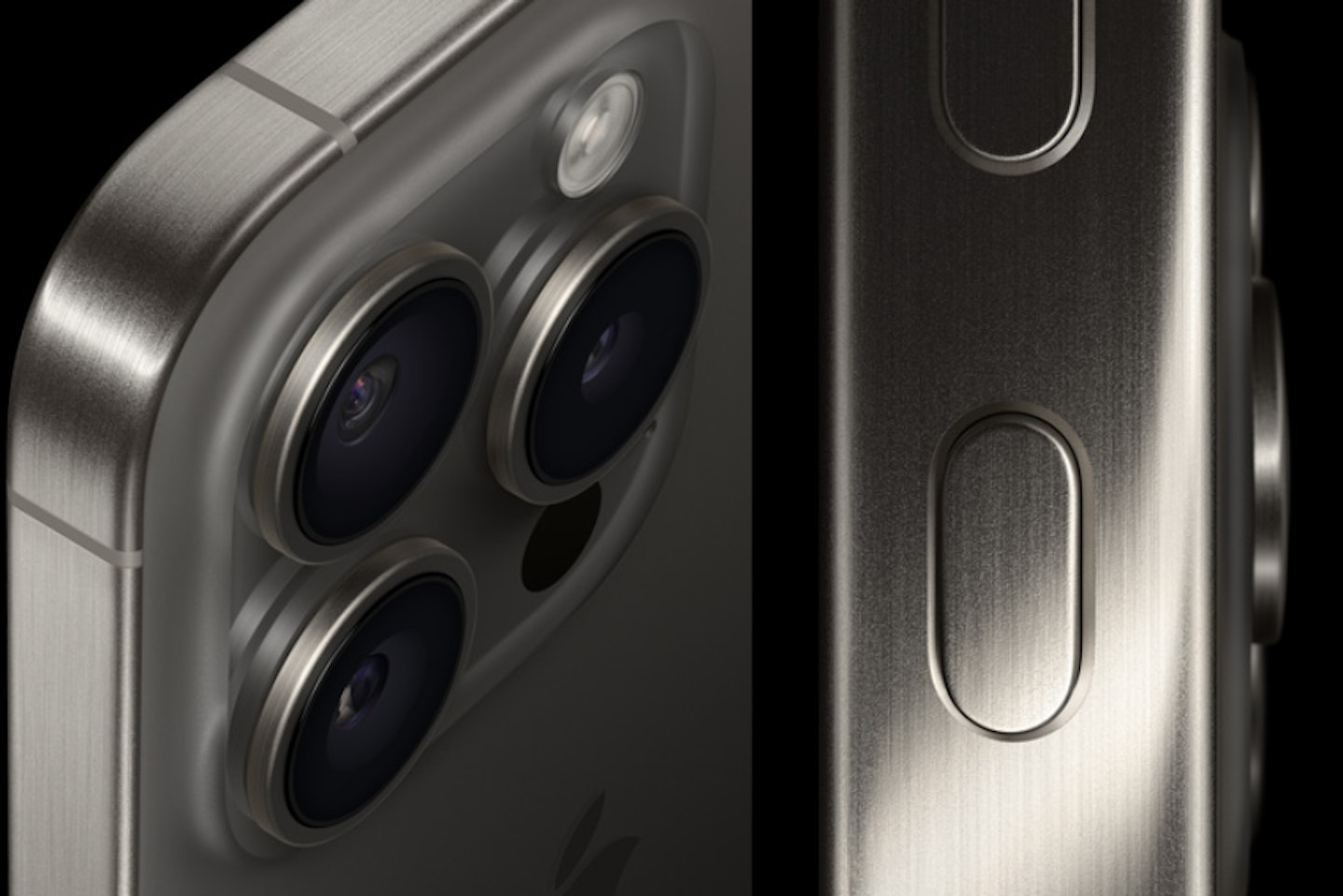
That Apple look
Even going back to the very first iPhone that hit the market (and stunned the world) in 2007, the design of the device has always been both unique and refined. Back then people fell in love with the size and resolution of the screen compared to ordinary phones, and the seemingly futuristic curved edges and bevelled case.
Now, Apple’s HQ in Cupertino, California, is almost as well known as a leader in device design and build as it is for its place in computing history. Apple never seems to run out of ideas on how to keep the iPhone looking fresh without actually breaking the fundamentals of what makes the device work for so many people - something we discovered in our review of the iPhone 14 Pro Max.
The bezels, case edges and button placements may change a little over time, but at its core, the iPhone is a triumph of design that incorporates and combines the latest materials seamlessly. The latest iPhone, the iPhone 15, is a case in point. It has a typically understated curved-edge case and an almost edge-to-edge screen with the thinnest bezels ever seen. The whole thing is encased in the latest Victus 2 Gorilla Glass (on the front and the back) to protect the phone from scratches and impact. Underneath it all is a grade-5 titanium and aluminium frame - essential strength to support its super slim 7.8mm form factor.
Sure, other manufacturers have attempted to mimic the overall iPhone look and feel, but Apple has a dream combination of build, design and the other features on this list just seal the deal. It's a huge reason why many people prefer iPhones - even over flagship models from other brands.
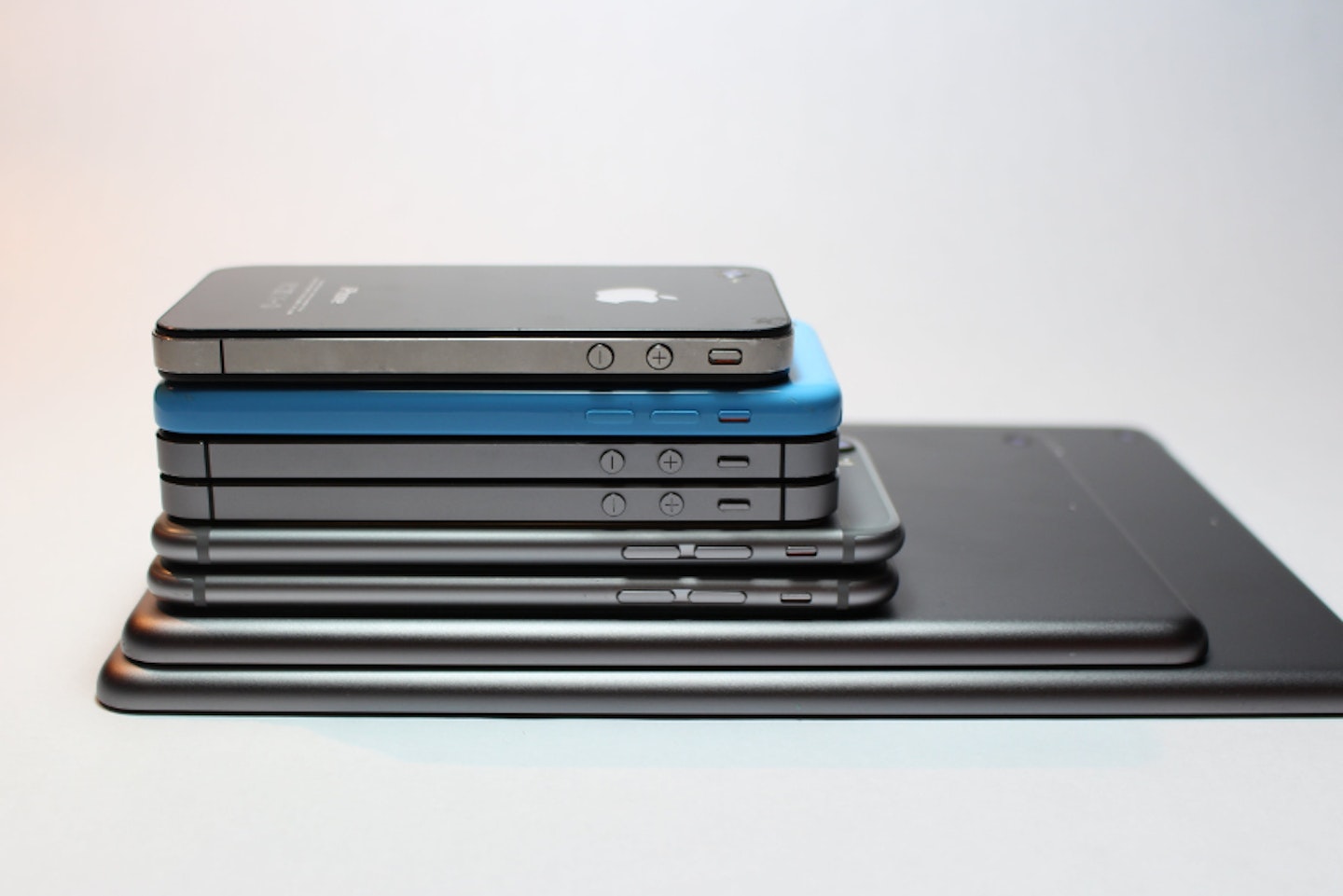
Cutting-edge technical features
Inside that polished glass and metal exterior lies reliably cutting-edge tech. Apple knows that users want more advanced and usable functions from their smartphones and each generation of iPhone sparks something of a smartphone arms race with other manufacturers.
Such innovations in recent years include the A17 Pro chip - it has Apple’s 16-core Neural Engine - utilising AI machine learning to speed up everything and streamline everyday tasks. Plus, unlike most others, the CPU is also the GPU - meaning the 6-core graphics chip is integrated for even more efficiency for cutting-edge games. There’s also an advanced 48MP camera system with lenses that replace seven pro lenses on a conventional camera. The list goes on, with more to look forward to in each generation of iPhone. And that includes enough power to, for instance, pair up with a smartwatch to make an iPhone fitness tracker solution.
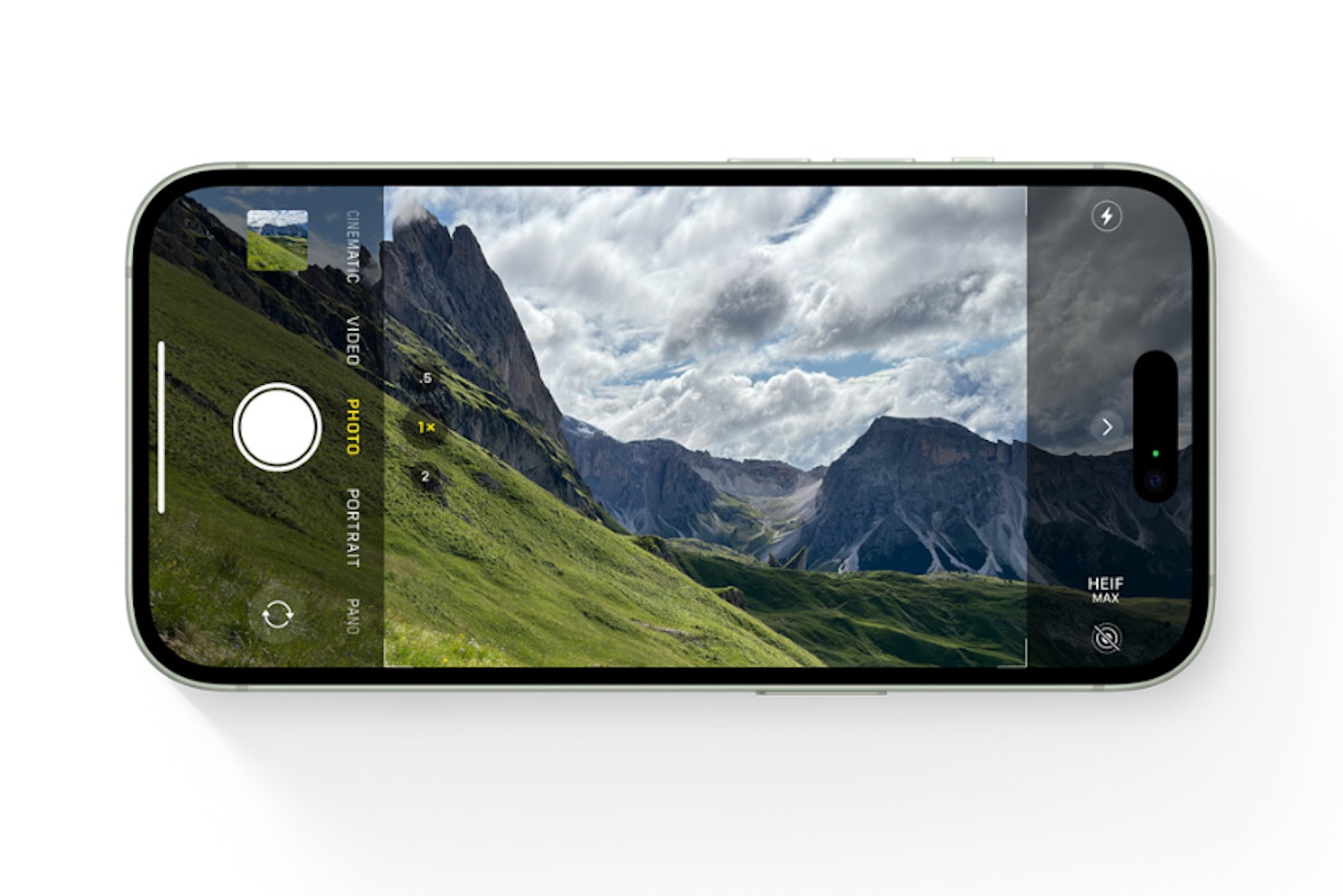
In our opinion, the best smartphone for photography right now is the iPhone 15 Pro. It has the 48MP sensor that can capture in ProRES format - akin to professional DSLRs.
Best overall smartphone for photography
The Apple iPhone 15 Pro is a remarkable smartphone for photography. This is thanks to some truly impressive camera specifications and image quality technologies that have become a hallmark of Apple's iPhones with each new generation. Firstly, with this Pro model you have three rear cameras. A 48MP main sensor is the star of the show - it can actually capture images at 48MP using the ProRAW format. Then there's the ultra-wide camera with a 13mm focal length - that means you'll be capturing dynamic landscapes and buildings at 12MP with a generous field of view. The third is a 3x telephoto lens at 12MP.
Yes, there's a decent selfie camera too, but the other three are what we're interested in. Although there is no dedicated macro lens here, the three main lenses you do have are seriously good, with low apertures as well - so, more light reaching the sensors means lower grain and better low-light shots. 512 GB of storage is a practical size for photographers too, and with more storage available via the USB-C port if you choose. It's all inside the new Apple titanium casing too.
Apple's sci-fi sounding Photonic Engine performs some serious magic behind the lens too, as it delivers more detail, better colour accuracy and more. And you'll be able to see the results of your photographers-eye on a Super Retina HDR display. It's not cheap (we are talking Apple here) but you're getting what you're paying for when it comes to cameras. Your shots are going to truly shine. This is a fully-loaded flagship smartphone for both new and experienced photographers.
Pros
- Incredibly good main camera and seven element lens
- Storage options up to 1TB
- Super Retina XDR display with HDR
- Tough stainless steel design
- Supports refresh rates up to 120hz
- Rated IP68 splash, water and dust resistance
Cons
- Get it if you want the latest model - but not a huge difference from the iPhone 14 Pro
- No true macro or telephoto lens
| Screen: | 6.1-inch 1179 x 2556 pixel. Super Retina XDR OLED, 120Hz, HDR10, Dolby Vision |
| Storage: | 512GB (options for 256GB, 512GB, 1TB) |
| Cameras: | 48MP Main: 24 mm, ƒ/1.78 aperture, second‑generation sensor‑shift optical image stabilization, 100% Focus Pixels, support for super‑high‑resolution photos (24MP and 48MP), 12MP Ultra Wide: 13 mm, ƒ/2.2 aperture and 120° field of view, 100% Focus Pixels<br>12MP 2x Telephoto (enabled by quad‑pixel sensor): 48 mm, ƒ/1.78 aperture, second‑generation sensor‑shift optical image stabilization, 100%Focus Pixels 12MP 3x Telephoto: 77 mm, ƒ/2.8 aperture, optical image stabilization |
| Operating system: | iOS |
| Processor: | A17 Pro chip, New 6‑core CPU with 2 performance and 4 efficiency cores<br>New 6‑core GPU<br>New 16‑core Neural Engine |
| RAM: | 6GB |
| Extra features: | 4K video recording at 24 fps, 25 fps, 30 fps, or 60 fps, 5x optical zoom in, 2x optical zoom out; 10x optical zoom range, Digital zoom up to 25x, IP68 water and dust resistance, Wireless charging, HDR video recording with Dolby Vision up to 4K at 60 fps, USB-C, Always-On display, ProMotion technology with adaptive refresh rates up to 120Hz,True Tone, Wide color (P3), Haptic Touch |
- Customer review: "The battery lasts a full day plus with slightly heavy usage. The phone is good for someone who intends to upgrade from a very lower model say X or XR. In short, the phone looks pretty much like 14 Pro and operates so much like 12/13."
The iOS operating system
iOS is just as recognisable today as it was at launch thanks to the unmistakable iconography of its apps on the home screen. As a cornerstone of the Apple iPhone experience, iOS retains its fans through that familiarity. Some core functions, like press and hold to drag app icons and the like, mean that any iPhone user can pick up the latest iPhone and know what to do with it. It's a major reason why people prefer iPhones over other options.
That doesn’t mean that things haven’t evolved, though. Aside from functional additions that have emerged over time - like multi-touch (e.g.: pinching with five fingers to close the current app), we’ve also seen more advanced yet easy-to-use additions to the user interface, such as the ability to use two apps at once in a split-screen configuration. This also goes hand-in-hand with processor improvements as the iPhone (and particularly the iPad) moves towards a more PC-like level of power and productivity. Plus, some support for external USB devices has made doing things like transferring photos from iPhone to USB for use on other devices even easier.
The latest iPhones running iOS 17 (at the time of writing) introduce some cool new functionality too - such as the ability to select objects contained within other photos and instantly create a sticker out of them.
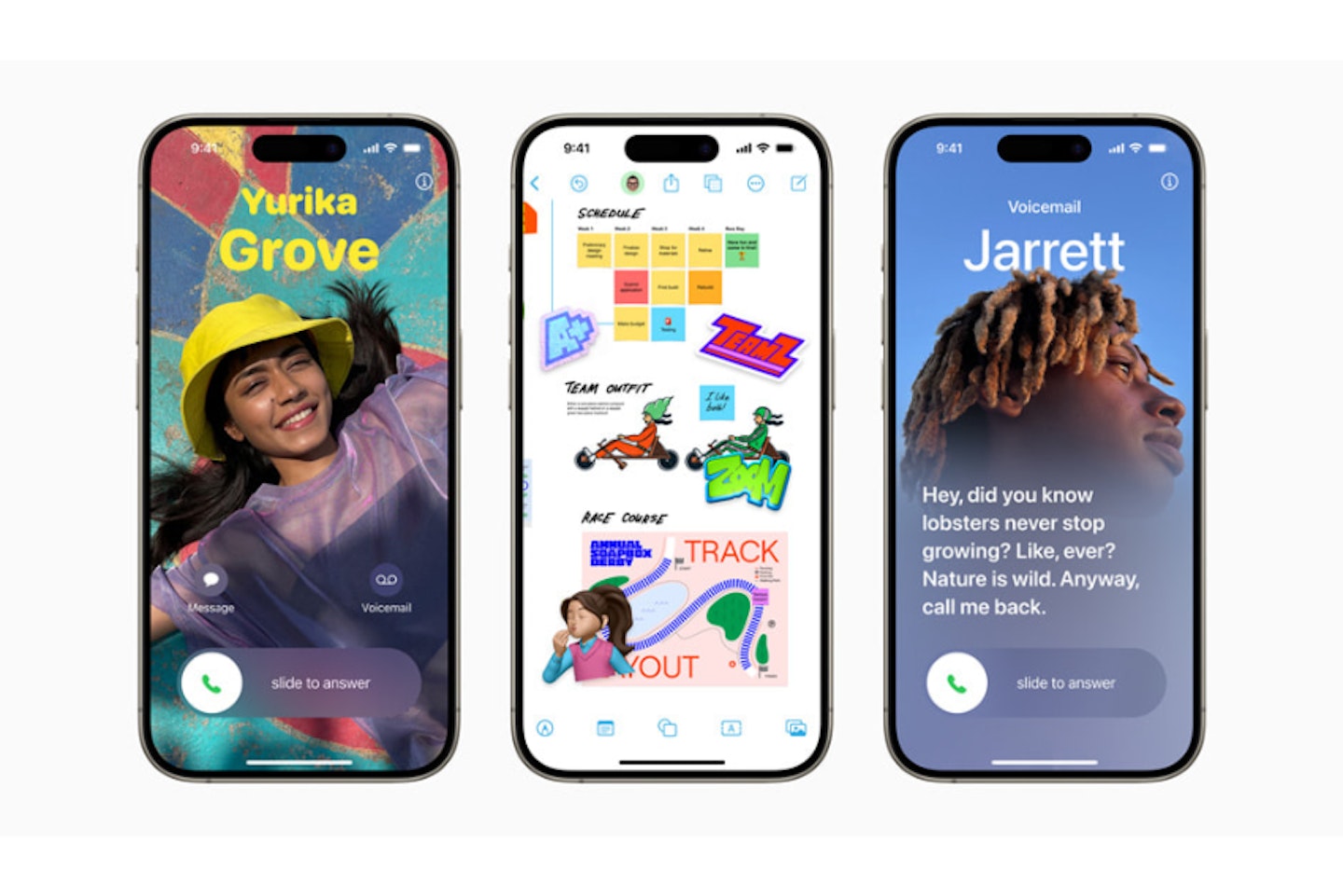
Trusted apps and app store
Unlike Android smartphones, the iPhone is renowned for being a bit more secure when it comes to apps. Yes, this comes at the cost of not being able to hack, customise and sideload your software as much as you might on other phones, but the apps on the Apple App Store are rigorously tested and vetted for issues before they’re made available. No software or system is 100% safe, but the iPhone’s ecosystem comes close. The main risk with any internet-connected device is less the apps, and more the data you send out into the world. We recommend using one of the best iPhone VPNs (Virtual Private Network) as it’ll ringfence your personal data and protect you from unwanted snooping.
But then there’s the number of apps too - at the moment there’s approaching 1.8 million apps available. With that much choice and excellent device compatibility between iPhone models, it’s no wonder people gravitate towards Apple.

Familiarity breeds contentment
We’ve alluded to it above, but people prefer iPhones partly because users love familiarity. What Apple did right, way back in 2007, was to perfect a high-tech concept and deliver it to the masses. And, external design and build aside, the operating system proved intuitive and fresh. It captured people’s attention and held it. Since then, Apple has keenly protected the key elements that make iOS what it is. They found a winning formula and have evolved it - not broken it - over time.
Part of the barrier to buying any brand-new device is the user interface, and Apple clearly knows this all too well. By keeping the core of the device pretty much unchanged, it has ensured that buyers gravitate towards each new iteration of the iPhone - even at the premium price tag. That familiarity not only breeds contentment, but confidence too.
But what do people love to hate?
Nothing is perfect, and for every Apple fan, there’s an Android (or Google, or other) aficionado who will just as happily stick with what they love. Niggles with Apple devices - particularly with software ‘features’ that people would rather call ‘mistakes’ - are plentiful. A quick Google search will unearth people with issues ranging from updates that seem to result in poor battery life, to frozen screens, and poor wifi connectivity. Thankfully, Apple is a bit more attentive to user feedback than some brands and consumer pressure often means fast-tracked fixes in subsequent updates.
One small but frequent annoyance was the introduction of the proprietary lightning charging and data cable. At launch, this meant a slew of new spare cables to buy and the old Apple connectors went into the bin. Thankfully the latest iPhones have moved to the more common USB-C connection type - but that’s from the iPhone 15 onwards; even a phone as well specified as the iPhone 13 pro Max isn’t recent enough for the inclusion of USB-C.
And let's not forget the issues some people have with internal memory. Compared with a typical Android smartphone that often comes with larger capacities as standard, the iPhone still does not support an external memory card in an expansion slot. The workaround is to connect an external USB drive - but this isn't as simple as just having an extra card inside.
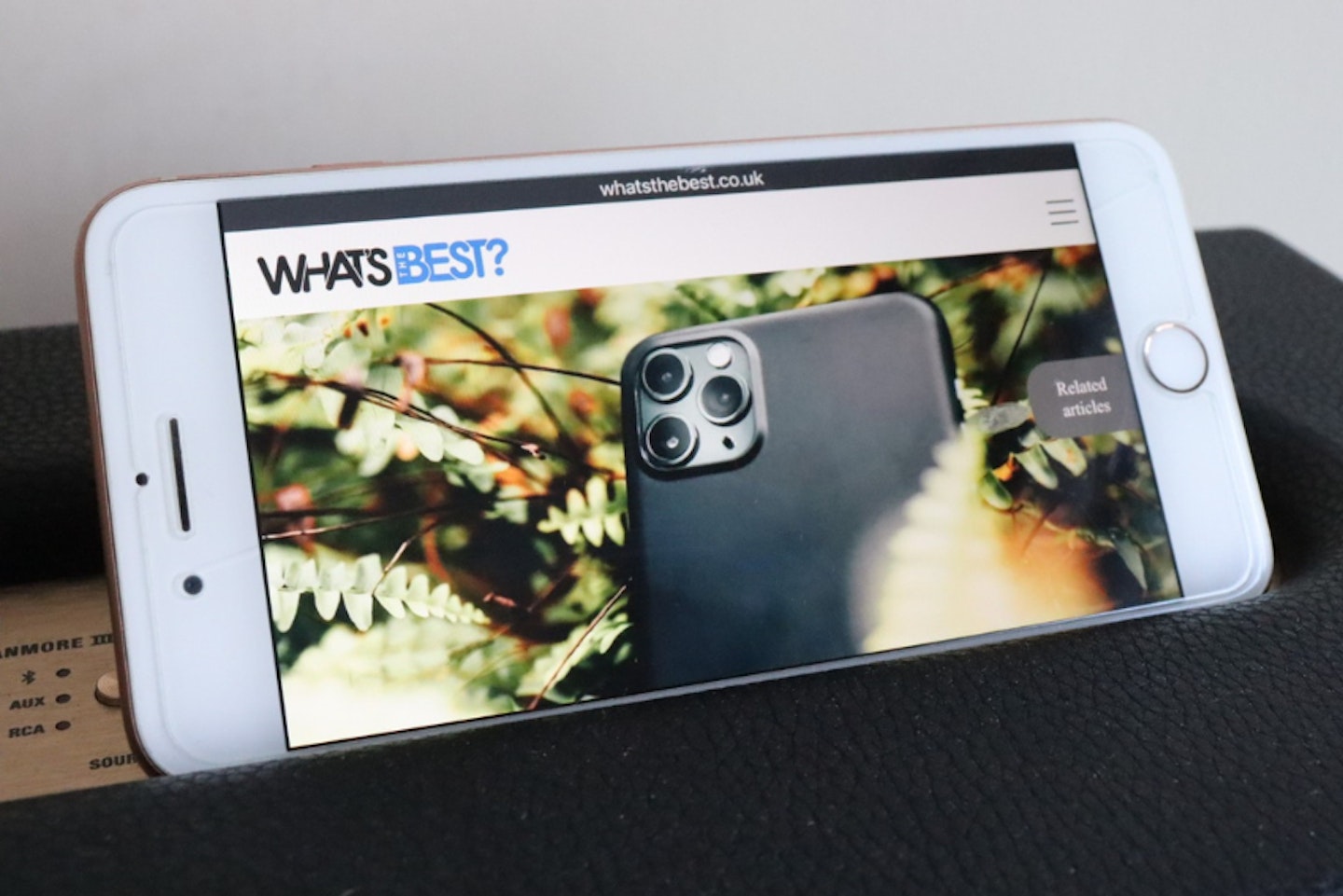
Conclusion: Why do people prefer iPhone?
Although we placed it towards the end of our list, as iPhone users ourselves we believe that once people become familiar with an operating system (including its niggles) they stick with it. That’s not to downplay the fact that Apple’s iOS is one of the most user-friendly and intuitive operating systems to exist for portable devices. Love it or hate it, millions of people prefer iPhones just because of their high usability and then stick with them through thick and thin. Apple continues to evolve the OS too. And despite some hiccups with features that many people disliked with a passion (looking at you, battery management), these are reliably addressed in regular updates for the most part.
But, of course, the OS would be nothing without the solid and attractive hardware to run it on. Apple has always innovated when it comes to device design, going back to the Apple iMac that really ushered in a new age for computers as fashionable homeware. The iPhone is always getting the balance of cutting-edge features and build just right. Arguably, the issues seen with the Samsung Fold after its launch in 2019 gave away the fact that the tech itself wasn’t quite ready yet. Apple, on the other hand, is a little more measured - introducing thinner, lighter yet proportionally stronger phones.
Coupled with the advantage of being a large enough company to engineer its own bespoke and lightning-fast CPUs, each new generation of iPhone always delivers enough newness to delight Apple fans and smartphone addicts alike. In short, people prefer iPhone because Apple get so much right - and that's worth paying for.
Chris Duffill is a Tech Product Writer for What's The Best and Yours. His background includes writing, editorial, marketing, design, video production and photography.
He specialises in home entertainment and audiovisual tech, including speakers, amplifiers, turntables, streaming media players, and TVs. He is also one of our resident experts in computing (PCs, tablets, smartphones, smartwatches), DSLR photography and all kinds of digital cameras. He also writes about retro gaming, game consoles and various electronic gadgets. If it plugs in, lights up or makes a noise, he’ll write about it.
Subscribe to the What’s The Best Newsletter to keep up to date with more of the latest reviews and recommendations from the rest of the What’s The Best team.

